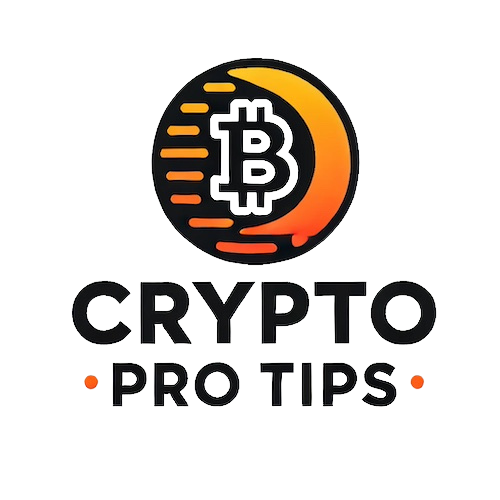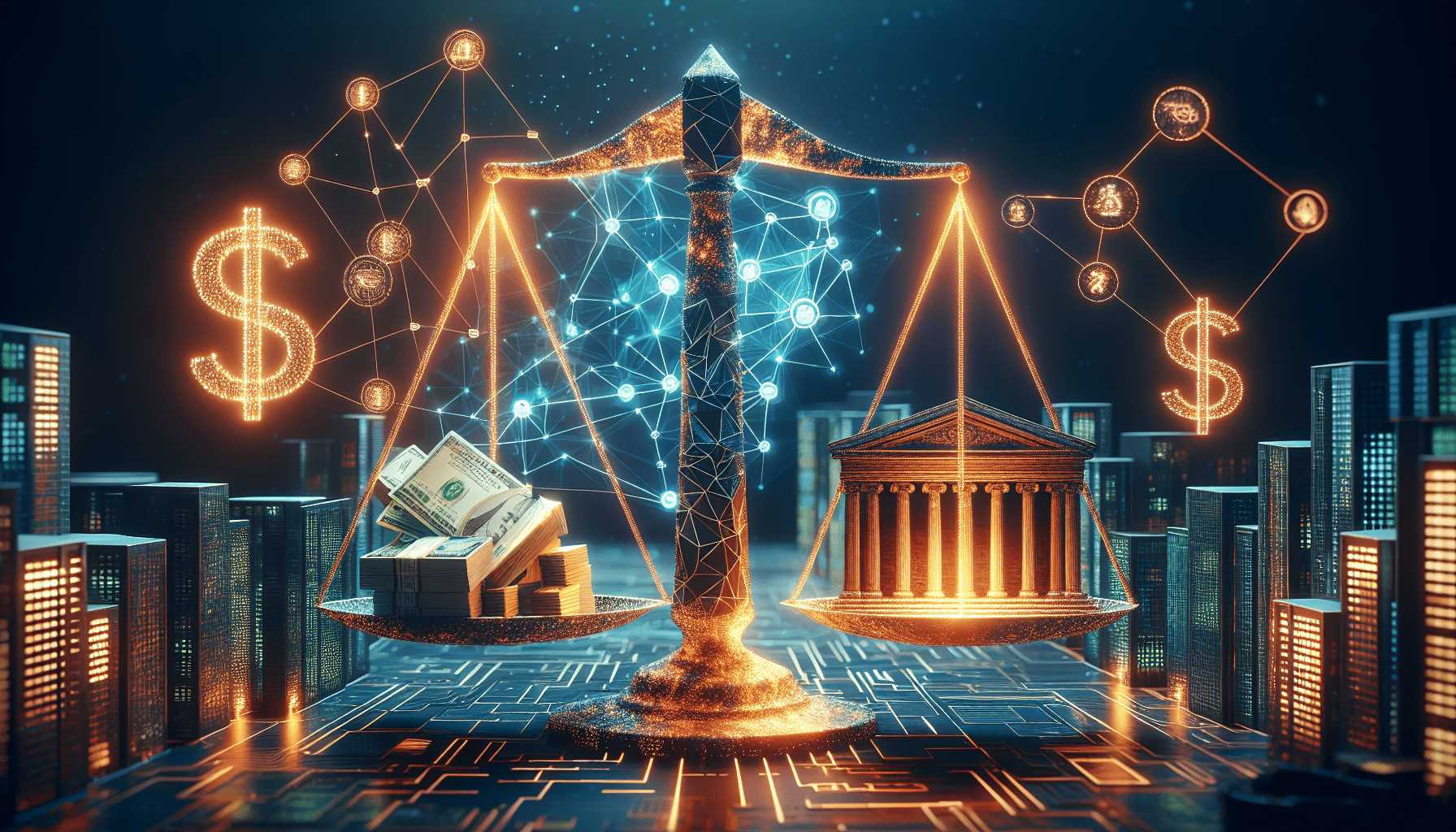Welcome to a journey through the world of Decentralized Finance (DeFi)! You’re about to explore the ins and outs of this groundbreaking financial ecosystem that’s been shaking up the traditional finance world. In this article, you’ll delve into the exciting benefits, like enhanced accessibility and reduced overhead costs, as well as the potential downsides, such as security risks and regulatory uncertainty. Get ready to weigh the pros and cons of DeFi and see how it could transform your financial future. Have you ever wondered what it would be like to navigate the financial world without traditional banks and intermediaries? Imagine a system where financial transactions are open to everyone but controlled by none. Welcome to the fascinating realm of Decentralized Finance, or DeFi. Today, let’s dive into the pros and cons of DeFi, so you can make an informed decision about whether it’s a path worth taking.

What is DeFi?
Understanding the Basics
Before diving into the nitty-gritty pros and cons, let’s take a moment to understand what DeFi really is. DeFi stands for Decentralized Finance, an umbrella term for financial services and products that are accessible to anyone with an internet connection. Unlike traditional finance, DeFi operates without central authorities—banks, governments, or middlemen. Instead, it relies on blockchain technology to facilitate transactions and smart contracts to enforce rules and agreements.
The Pillars of DeFi
- Blockchain: The backbone of DeFi, allowing for secure, transparent, and immutable transactions.
- Smart Contracts: Self-executing contracts with the terms directly written into code, removing the need for intermediaries.
- Crypto Tokens: Units of value that can be transferred between parties and used within the DeFi ecosystem.
Pros of DeFi
Accessibility
One of the most appealing aspects of DeFi is its accessibility. Traditional banking systems often require paperwork, credit checks, and hefty fees just to open an account or take out a loan. In contrast, DeFi platforms are open to anyone with an internet connection. No credit scores or banking history required—just a digital wallet.
Transparency
Every transaction made within a DeFi ecosystem is recorded on a public ledger. This level of transparency makes it difficult to engage in fraudulent activities. Unlike traditional banks, where you have to trust the institution to manage your money honestly, DeFi lets you verify transactions yourself.
Lower Costs
Without the need for intermediaries, DeFi significantly reduces transaction costs. Smart contracts automate the entire process, meaning you don’t have to pay fees to middlemen. Even cross-border transactions, which are notoriously expensive in traditional finance, become affordable.
Control Over Assets
In traditional financial systems, your assets are often held by a bank or another central institution. DeFi allows you to have full control over your assets. Whether it’s managing investments, taking out loans, or trading, you have the final say.
Innovation
DeFi is a rapidly evolving space teeming with innovation. From yield farming to flash loans, new DeFi products and services emerge regularly, providing opportunities for enterprising individuals to profit.

Cons of DeFi
Complexity
Navigating the DeFi ecosystem can be overwhelming, especially if you’re not tech-savvy. The underlying technology, blockchain, and smart contracts can be complicated to understand and implement. While tools and resources are available to make the process easier, the steep learning curve is undeniable.
Security Risks
While blockchain technology is generally secure, DeFi platforms can be susceptible to hacks and scams. Smart contracts, once deployed, are immutable, meaning vulnerabilities can’t be patched easily. Therefore, if a contract is flawed, users could lose their funds.
Lack of Regulation
The decentralized nature of DeFi also means a lack of regulation. While this offers freedom, it also poses significant risks. Traditional banks are bound by regulations designed to protect consumers. In DeFi, you’re on your own. Scams and fraudulent schemes are prevalent, and there is usually no recourse for recovering lost funds.
Volatility
Cryptocurrencies, the backbone of DeFi, are known for their volatility. Prices can fluctuate wildly, affecting the value of your assets and the feasibility of long-term financial planning. Stablecoins exist to mitigate this risk, but they aren’t entirely foolproof.
Scalability Issues
As DeFi gains popularity, scalability becomes an issue. Blockchains can get congested, leading to slower transaction speeds and higher fees. This is particularly problematic for platforms that heavily rely on network activity.
Breaking Down the Pros and Cons
To give you a better sense of what each aspect entails, here’s a summarized table:
| Pros | Cons |
|---|---|
| Accessibility | Complexity |
| Transparency | Security Risks |
| Lower Costs | Lack of Regulation |
| Control Over Assets | Volatility |
| Innovation | Scalability Issues |
Use Cases
Lending and Borrowing
One of the most popular applications of DeFi is in lending and borrowing. Platforms like Aave and Compound allow you to lend your assets and earn interest or borrow assets by collateralizing your own. The process is straightforward, transparent, and typically more rewarding than traditional banking services.
Stablecoins
Stablecoins, like USDC and DAI, are cryptocurrencies pegged to a stable asset like the US dollar. These tokens aim to provide the best of both worlds—bridging the gap between traditional and decentralized finance by offering stability while retaining the advantages of cryptocurrencies.
Decentralized Exchanges (DEXs)
Decentralized exchanges like Uniswap and Sushiswap facilitate peer-to-peer trading of cryptocurrencies without the need for central authority. These platforms use automated market-making mechanisms to enable trading, offering a level of transparency and fairness conventional exchanges can’t match.
Yield Farming
Yield farming involves staking or lending your cryptocurrencies in return for interest or additional tokens. This practice can yield high returns but comes with its own set of risks, mainly due to volatility and potential security vulnerabilities in smart contracts.
How to Get Started
Assess Your Risk Tolerance
Before diving into DeFi, it’s crucial to assess your risk tolerance. The high rewards often come with high risks. Understanding your financial standing and willingness to experiment can go a long way in making your DeFi journey successful.
Education
Educate yourself about blockchain technology, smart contracts, and the various DeFi platforms. Many resources, including tutorials and articles, are available to help you understand the ecosystem better.
Choose a Platform
Not all DeFi platforms are created equal. Research different platforms to find one that suits your needs. User reviews, expert opinions, and community discussions can provide valuable insights.
Secure Your Wallet
Ensuring the security of your digital wallet is paramount. Use hardware wallets for storing significant amounts of assets and enable two-factor authentication whenever possible.
The Future of DeFi
Mainstream Adoption
Despite its risks, DeFi holds tremendous potential for disrupting traditional finance. As blockchain technology matures and becomes more secure, we could see greater mainstream adoption. Financial institutions may also integrate DeFi solutions to offer hybrid services.
Regulatory Changes
While lack of regulation is currently a con, future regulatory frameworks may help mitigate risks without stifling innovation. An optimal balance could make DeFi safer and more attractive to a broader audience.
Technological Advancements
Scalability issues and security vulnerabilities can be mitigated through technological advancements. Projects like Ethereum 2.0 aim to address these concerns, offering a more robust infrastructure for DeFi applications.
Conclusion
Decentralized Finance is a revolutionary concept that promises to democratize finance by leveraging blockchain technology. It has its fair share of pros and cons, each deserving careful consideration. Whether you are looking for greater control over your assets, lower transaction costs, or an avenue for innovation, DeFi offers intriguing possibilities. However, it also comes with complexities, security risks, and volatility that shouldn’t be overlooked. By understanding these elements, you can make informed decisions and navigate the evolving landscape of DeFi with confidence.

